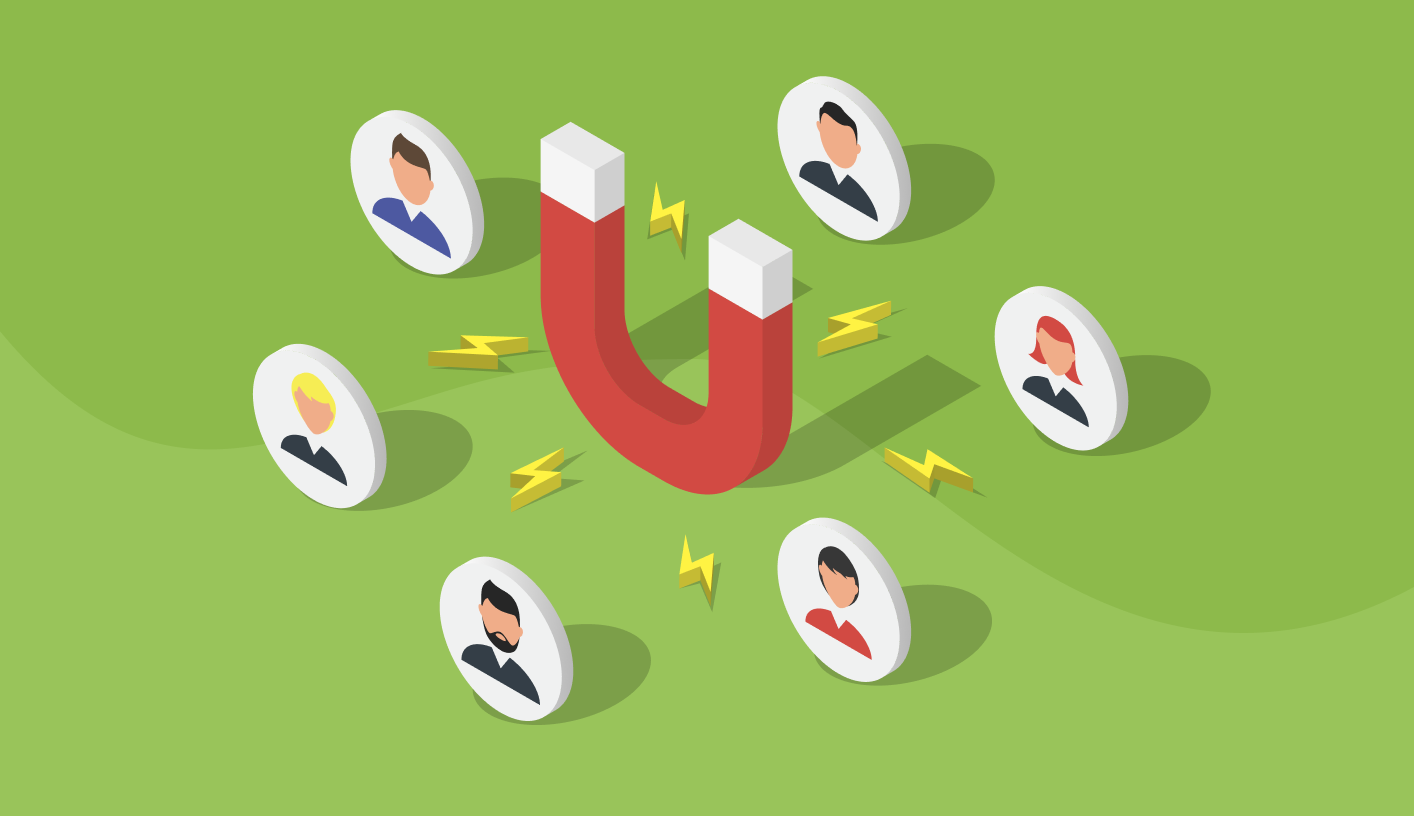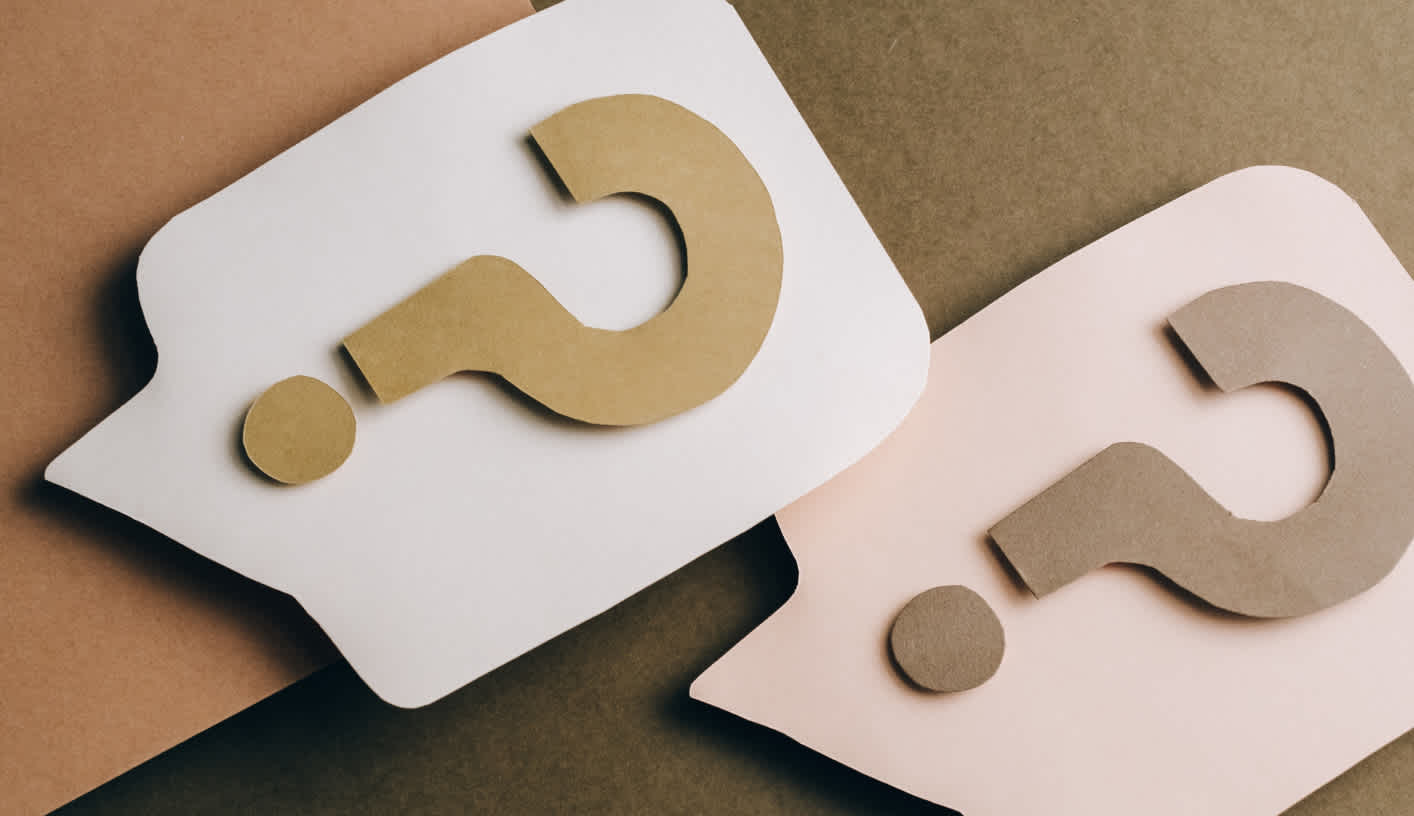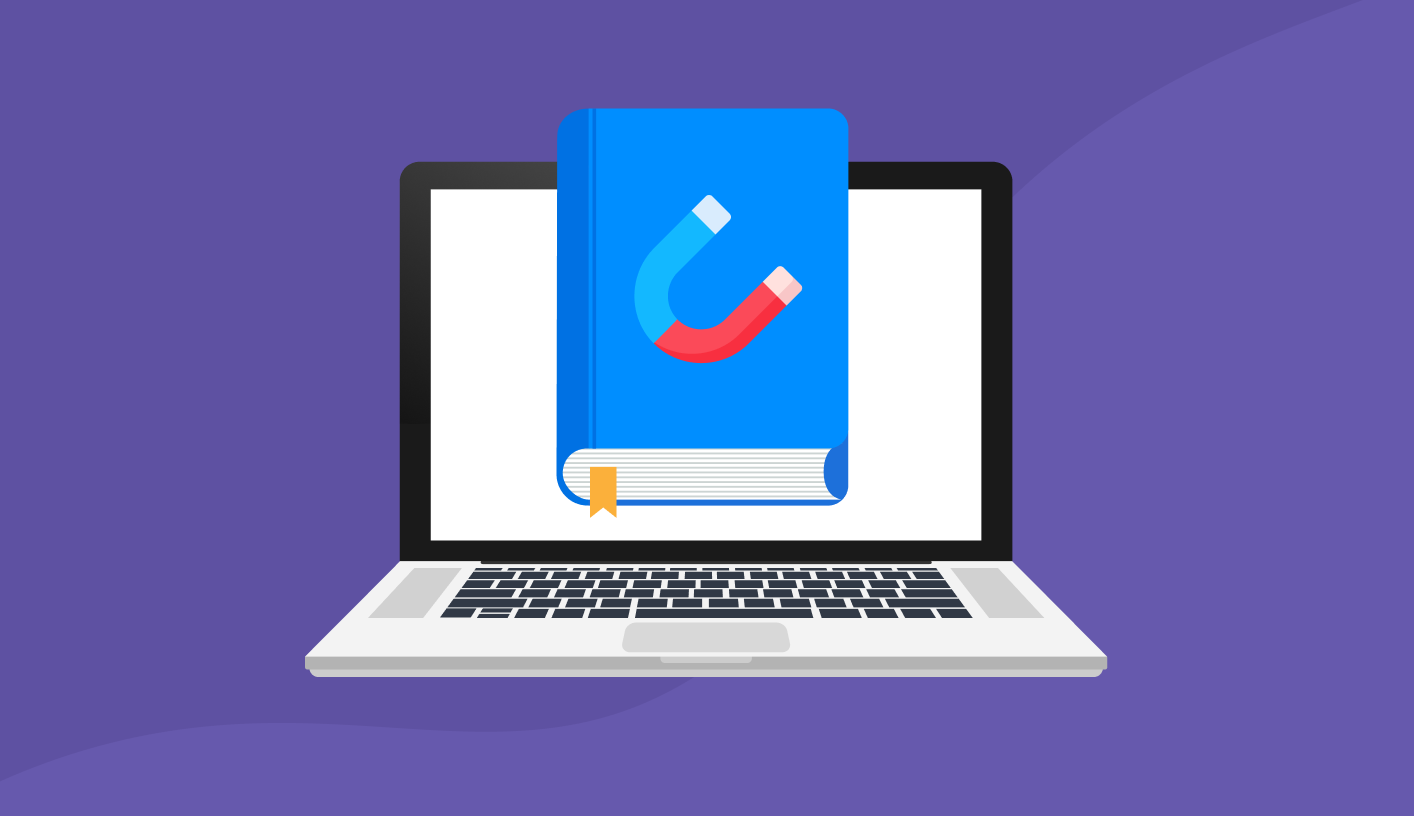9 Customer Retention Examples from Top Companies

Did you know your company has a significantly higher chance of selling to an existing customer than to a new customer?
According to Marketing Metrics, the odds of making the sale are as high as 60-70% for existing customers versus only 5-20% for a new prospect.
When thinking about business growth, new customer acquisition tends to get primary focus, but these numbers make it clear that building trust and loyalty with existing customers is critical for the long-term success of any business.
Failing to invest in customer retention will result in missed opportunities, reduced revenue and growth.
Need to improve your retention fast? Slash churn 10-39% with automated retention from ProsperStack.
How it works: add a few lines of code to start delivering exit surveys and persuasive offers to customers at the point of cancellation. Iterate quickly, A/B test offers and surface actionable insights to maximize retained revenue.
Learn more about ProsperStack Retain or get a demo.
What is customer retention?
Customer retention refers to business activities aimed at increasing repeat sales and reducing customer cancellations.
Retention is typically measured either as:
Retention rate - how many customers remain customers during a given period
Churn rate - how many customers leave during a given period

No matter how you slice it, measuring and improving retention/churn is critical for growth.
Why is customer retention important to your business?
Investing in customer retention improves not only customer satisfaction, loyalty and word-of-mouth, but also the bottom line: customer lifetime value, revenue and growth.
Customer acquisition is costly - Forbes reports that in the SaaS industry acquiring a new customer costs five to seven times more than retaining an existing customer. Strategies that boost retention increase the lifetime value of existing customers at a significant savings over acquisition efforts. True, investing in customer retention may require some upfront costs, but it pays for itself over time.
Churn reduction can fuel growth - By enacting customer retention strategies, you’ll reduce your customer churn rate. According to research conducted by Bain & Company, businesses can as much as nearly double profits by retaining just 5% more of their customers.
Satisfied customers and word of mouth - Happy customers spread the word, so make sure your retention efforts feel genuine. According to a survey by Redpoint Global, 74% of consumers report they decide to stick with a company because they feel understood and valued. Regardless of your current customer retention techniques, that’s your goal.

9 best customer retention strategy examples
In today's business world, where competition is fierce and customers have more choices than ever, building and maintaining customer loyalty is essential for the success and growth of any company. That’s why investing in building relationships with customers and providing them with a seamless and delightful experience at every touchpoint is imperative. What better way to learn how to do that than examples from successful industry giants?
Here are some customer retention companies with engaging programs in place to boost the number of repeat customers.
Uber - referrals
Uber is a transportation service that allows users to connect with a ride directly on their mobile devices. Founded in March 2009, the company’s referral program helped propel it to its current level of success.
When Uber began, it enticed its customers to share the product with their friends by offering a $10 referral incentive. The idea was: you refer a friend, and you both get $10 in Uber credits to use on your ride. When the company grew, it was able to offer more costly referral credits, ranging from $20-30.
This is one of the best examples of customer retention strategies because it’s simple and highly effective. In other words, the offer works.
Notice that by offering the referral credit to the existing customer and the new one, the focus isn’t just on acquiring new users but retaining customers, too. Plus, the program is easy to use: just sign up, share the referral and you’re all set.
Amazon - customer experience
What makes ecommerce giant Amazon the first stop for so many customers’ online shopping? More than just incredible inventory and competitive prices, it’s the company’s dedication to customer experience.

From the get-go, Amazon made shopping for books, and then everything else, easier with its searchable catalogue, customer ratings and reviews, and one-click ordering.
But consumers still faced two significant sources of friction over in-store, brick-and-mortar shopping: one, you can’t touch, pick up or try on before you buy, and two, of course, the extra expense and wait time for delivery.
Amazon largely solves the first problem with improved product information, customer reviews and hassle-free returns.
Solving the second has led to many of Amazon’s marketing and logistical innovations, from free shipping on orders over a certain cost, free two-day shipping with Amazon Prime, and even same-day delivery for certain products.
All this, and much more, adds up to an exceptional experience that keeps customers coming back.
Apple - customer service
Apple is an example of how exceptional customer service can make your brand.
Apple leaves nothing to chance with customer service. Instead of letting unauthorized third-party providers care for your Apple product, they offer customer service directly in their stores. This ensures your customer service representative is trained and competent.
As a result, the customer interactions at Apple are generally positive. This is an excellent customer retention strategy as it demonstrates that when you buy the product, you’re not only buying an item, you’re purchasing a lifetime’s worth of support from the customer service team.
According to CX Index, customer experience drives two-thirds of customer loyalty. Even if you’re investing in your customer retention program, if your customer service slacks, consumers may not return.
REI - loyalty program
Next up is REI’s customer loyalty program. With customer loyalty programs, the key is to offer benefits that consumers want. REI, an outdoor recreation commerce company, does exactly that.
The Co-Op membership program is unique for various reason. For starters, you have to pay for it. While it does cost customers a bit of money upfront, it’s still highly popular because it offers benefits customers want.
That’s what distinguishes a valuable customer loyalty program from one consumers don’t care about: how desirable the rewards they reap from being a member are. In the case of REI, members get money back in the form of store credit, plus exclusive discounts on services and access to exclusive gear.

Nike - omnichannel marketing
Nike again proves that customer acquisition is only half the battle; the other half is to continually make your consumers happy. With robust omnichannel marketing techniques, Nike, an apparel and footwear brand, takes customer expectations to the next level.
It boasts several apps created with user experience in mind, not to mention they consider where the user is geographically located to help them find a physical store or make a product recommendation. However, that’s not all Nike does to maintain customer engagement and satisfaction; it’s also highly accessible, as you can visit the website and chat with a customer support representative or visit its Twitter customer service account to discuss your order.
IKEA - educational content
Furniture retailer IKEA does customer retention a little differently: by focusing on educational content. Some of its most popular educational features include an interactive design tool to help you visualize how their products may look like in your home.

The company also publishes tutorial videos you can watch to get a better idea of how to build the furniture. While this is a time and resource investment for the company, it proves worthwhile, it reduces customer frustration and increases brand loyalty.
Nordstrom - user feedback and surveys
Luxury department store Nordstrom uses customer feedback to increase customer retention. Because Nordstrom uses surveys to understand what they’re doing wrong or right, the company can better deliver an experience that meets or exceeds customer expectations.
Additionally, gaining user feedback allows the company to better understand what consumer behavior differentiates a casual browser from a dedicated, repeat buyer. Then, the brand can analyze feedback and make changes as necessary.

Spotify - predictive analytics and personalization
Digital music service Spotify demonstrates how a subscription service can use predictive analytics and personalization to enhance customer experience and reduce customer churn. Spotify is well-known for its hyper-personal playlists, such as the “Weekly Discover” or “On Repeat,” which considers the user’s personal taste. Another example of this focus on personalization is the “Spotify Wrapped” playlists it produces for each user annually.
Additionally, Spotify’s predictive analytics allow the subscription service to recommend songs for playlists users will enjoy. By using the data Spotify already has on listeners, it can accurately guess what will appeal to them. This demonstrates one effective subscription model: keep visitors returning by serving recommendations they’ll love.
Peloton - community building and management
Lastly, Peloton, the popular exercise equipment and platform company, has set a great example of how community building can strengthen customer retention strategies. By offering various community-centric features like the Leaderboard, High-Fives and Here-Now, Peloton enables its users to feel connected with other riders, thus creating an invaluable sense of community.
Additionally, Peloton allows users to video chat with their friends during a ride, further enhancing the platform's community aspect. As a result, users are more likely to return to the platform, thanks to the sense of belonging.
Utilizing lessons from the best
Looking at how other companies keep their customers returning for more can help you figure out what will work for your business. You might have noticed there are many different ways to ensure your customers are happy and want to stick around.
It's not always easy to know what will work, but taking inspiration from other businesses can be a great place to start. Remember, what works for one company might not work for yours, so it's important to determine your unique approach. You're doing it right as long as your technique appeals to consumers and leads to a bump in your customer retention rates.
ProsperStack makes it easy for subscription-based brands to prosper by automating the customer retention experience.
Here’s how it works: deploy a few lines of code and start delivering exit surveys and persuasive offers to customers at the point of cancellation. Iterate quickly, A/B test offers and surface actionable insights to maximize retained revenue. That’s subscriber retention done right.

